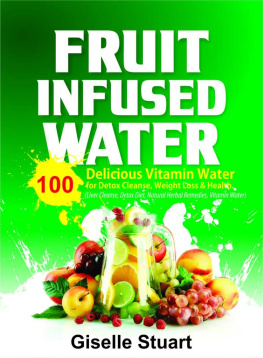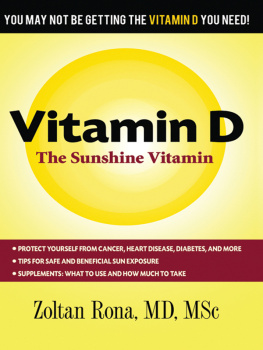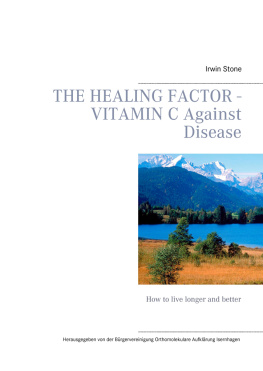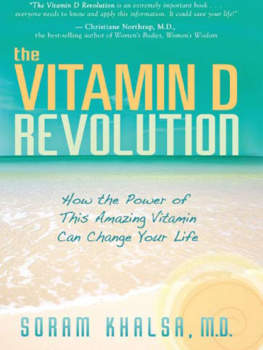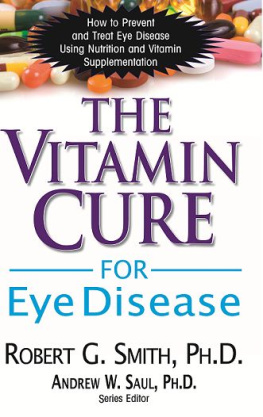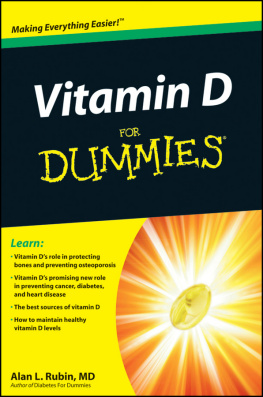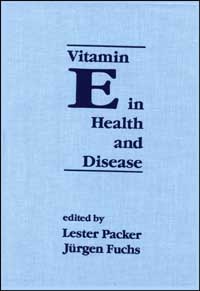| This volume presents the current knowledge and state-of-the-art information that will enhance the important and well-recognized field of vitamin E research. Not since the excellent books of B. Lubin and L.J. Machlin appeared more than a decade ago has the subject of vitamin E been treated in a comprehensive manner. During this time new information on the biological activity of vitamin E and its various isomers have become available. Many future applications can be anticipated for all these new findings. In view of this we were motivated to prepare a volume that contains contributions by the leading vitamin E researchers throughout the world and would be of interest to biochemists, physiologists, pharmacologists, and public health researchers. |
| It is generally accepted that free radicals are formed in biological systems through metabolism and that exogenous free radicals from environmental sources (irradiation, food, drugs, and so forth) also contribute significantly to free radical production in biological systems. Free radicals, being reactive species, are short-lived and do not travel very far; in fact, they react with molecular targets very close to where they are formed. Thus, free radical concentrations in biological systems are extremely low and difficult to detect by electron spin resonance (ESR) spectroscopy. Even indirect methods of reactions of radicals with specific biomolecules are not sensitive enough to quantitate their presence. However, the response of the antioxidant defenses that react with radical species serves as an indirect measure that free radicals have been formed. Thus, redox-based antioxidants change their oxidation state and the antioxidants become free radicals themselves. However, such major antioxidants as vitamin E and vitamin C have aromatic ring structures that delocalize free radicals. Hence, they are long-lasting persistent radicals which react only slowly and can frequently be generated in biological systems. However, they are partially destroyed by radical reactions and thus must be replenished. |
| Vitamin E, the most important lipophilic radical quencher, is surveyed in this volume. Considered in a total of six sections consisting of a wide range of chapters, its molecular characterization and mechanism of action in its role in clinical medicine are discussed. The rationale for developing biochemical and physiological characteristics, as well as medical and epidemiological studies, stems from the great importance that is now being attached to the usefulness of vitamin E, alone and in combination with other antioxidants, in slowing the course of chronic and degenerative disease and aging. Also, considerable evidence indicates that patients with acute clinical conditions such as ischemia-reperfusion injury (e.g., following myocardial infarction or cerebral ischemia) can benefit from prior administration of antioxidants. Epidemiological studies point strongly to vitamin E as perhaps the most important substance in preventing chronic disease and premature aging. In particular, many human intervention trials for cancer, cardiovascular diseases, and stroke have been conducted and many more are currently underway. |
|


